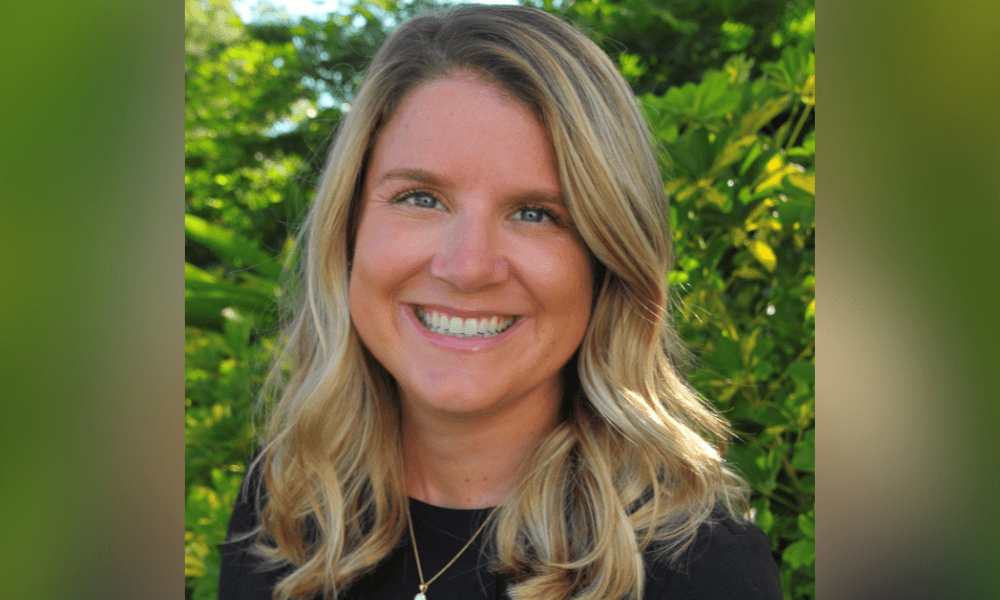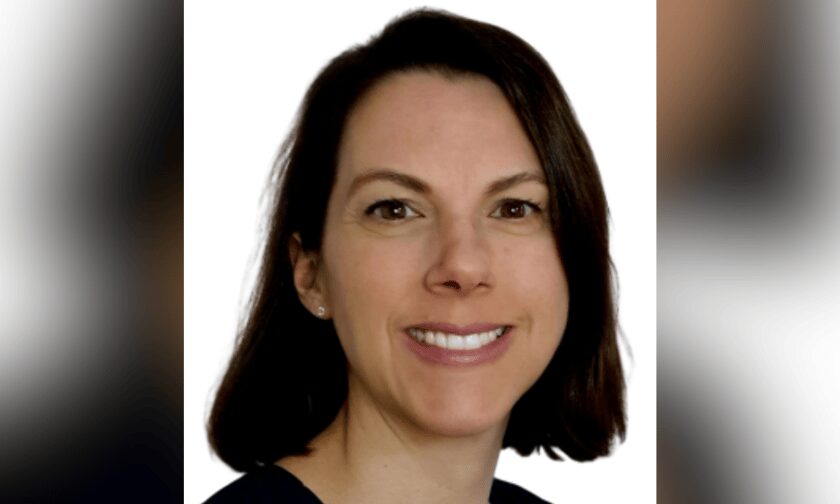

Award winning Tokio Marine, the giant Japanese headquartered insurance company which already has a wide presence across the globe, has set its sights on expanding with a budget of up to US$10 billion for overseas acquisitions.
The insurer has already become a largely global operation – international business now constitutes over half of its overall profits, a significant increase from less than 3% two decades ago, with substantial investments already made in the US market. Chris Williams, who co-leads Tokio Marine’s international operations, revealed in a recent interview with Reuters that the firm is keenly observing public companies worldwide for potential acquisition targets.
“Something we could do relatively easily would be in the US$10 billion range,” he said in an interview on Monday. “North America is the biggest insurance market in the world, there are going to be opportunities there, there are opportunities in Asia and Europe, Canada and Australia,” Williams said. “We have aspirations to grow our business in all of those locations.”
Williams highlighted the strategic importance of North America, Asia, Europe, Canada, and Australia as key markets for Tokio Marine’s growth ambitions. Despite recent shifts in Japan’s economic policies, including the Bank of Japan ending eight years of negative interest rates, these changes are not expected to directly influence Tokio Marine’s acquisition strategy. The company, known for its patience, is looking for what it says are high-quality businesses that can either complement its existing operations or offer substantial growth opportunities.
Tokio Marine’s history of acquisitions includes the purchase of US insurer HCC in 2015 for US$7.5 billion and the acquisition of Pure Group in 2020 for US$3.1 billion. The company is particularly interested in expanding its commercial insurance portfolio, which could include sectors like cyber insurance, moving away from traditional home and motor insurance sectors.
The firm already has a presence in Lloyd’s of London, a market known for its innovation, where it aims to further grow its operations. Additionally, Tokio Marine is exploring options for its Southeast Asian life insurance division, with potential sales discussions being facilitated by Goldman Sachs and Jefferies.
As insurers worldwide navigate through geopolitical risks and challenges, including elections and conflicts that impact insurance costs and coverage, Tokio Marine maintains a conservative approach, especially in property insurance. The company is cautious about covering losses from riots or terror attacks and has reduced its exposure in regions with increased insurance costs due to conflicts, like the Red Sea.
Tokio Marine is also among several insurers involved in legal disputes over compensation for aircraft leased in Russia, affected by the country’s military actions in Ukraine. With ongoing discussions and court cases pending, the company says it has prepared financially for any settlements, aiming to resolve these issues promptly. Williams expressed a strong desire to move past these challenges, emphasising the company’s forward-looking strategy amid a changing global landscape.
For the financial year ending March 31, 2023, Tokio Marine Holdings reported an annual revenue of 6.44 trillion JPY (US$42.4 billion US), which represented growth of 12.02% from the previous year. In the 12 months ending December 31, 2023, its revenue further increased to 6.83 trillion JPY, marking a 5.69% year-over-year growth.
According to the company’s figures, it is the 12th biggest commercial lines insurer in the US and fourth biggest in the UK.



















